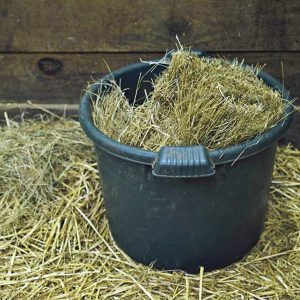
Soaking hay before feeding is one way to lower the sugar levels, but it reduces more than sugar.
Soaking hay is one way to reduce the amount of sugar in the hay, but it should only be used...
» View Article
Soaking hay is one way to reduce the amount of sugar in the hay, but it should only be used...
» View Article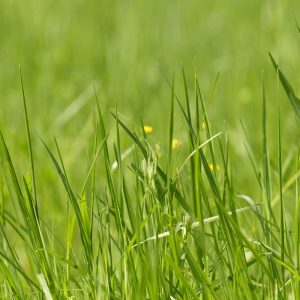
What is a fructan? Fructan is a type of sugar found in cool-season grasses. Instead of being digested in the...
» View Article
Winter can be a challenging time of year for horses with a past history of laminitis. Horses who have suffered...
» View Article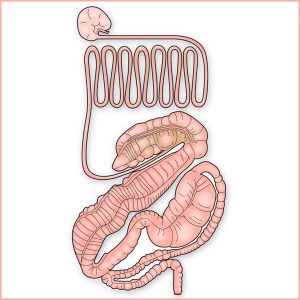
Bugs? What bugs? Horses are hindgut fermenters. In other words, the hindgut portion of your horse’s digestive tract contains millions...
» View Article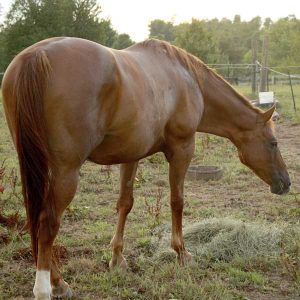
In Clarifying Carbohydrates Part I, we reviewed simple carbohydrates and in Clarifying Carbohydtrates Part II we looked at rapidly fermentable carbohydrates. This Nutritional Minute describes slowly fermentable carbohydrates (fiber) and discusses the concerns associated with all carbohydrates in the equine diet.
» View Article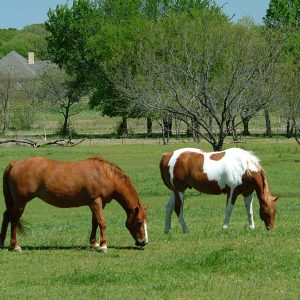
There are many types of carbohydrates in equine diets, including simple carbohydrates, rapidly fermentable carbohydrates, and complex, slowly fermentable carbohydrates. Your horse digests each type of carbohydrate differently. Some types of carbs are better for your horse than others. Click here for Clarifying Carbohydrates Part I for information on simple carbs. This time we will reviewing rapidly fermentable carbs.
» View Article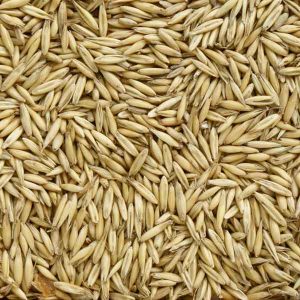
There are three different types of carbohydrates utilized by horses: simple sugars and starches, rapidly fermentable carbohydrates, and structural carbohydrates. This part of our series will deal with simple sugars and starches.
» View Article
It is that time of the year—the cold, gray winter is transforming into a warm, sunny spring and the grass...
» View Article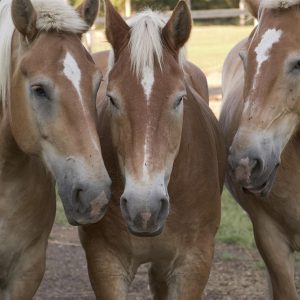
What do you do when your insulin-resistant horse needs supplements but isn’t getting a substantial amount of feed to put...
» View Article
The days are getting longer, the mud is starting to recede, and you are ready to put away the winter...
» View Article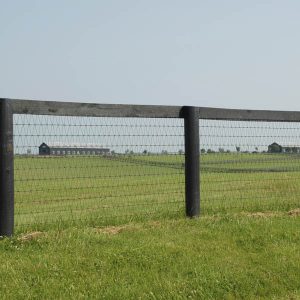
It is that time of the year again, when grass pastures can be unsafe for at-risk horses! Grazing management is...
» View Article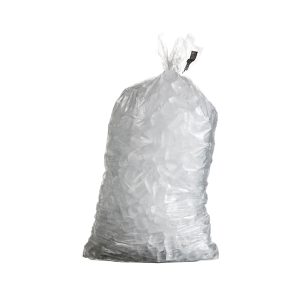
When treating laminitis, cooling the hoof wall to between 40 and 50 degrees Fahrenheit for 48 to 72 hours can...
» View Article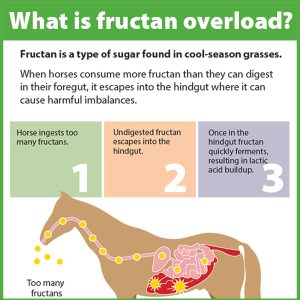
Fructan is a type of sugar found in cool-season grasses. When horses consume more fructan than they can digest in their foregut, it escapes into the hindgut where it can cause harmful imbalances.
» View Article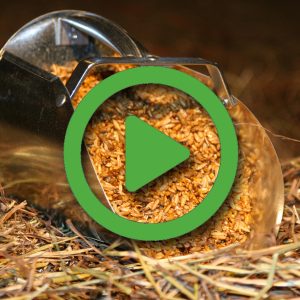
Researchers have confirmed that as horses age, they naturally become less sensitive to insulin and more susceptible to health problems...
» View Video
Lush, cool season spring grass is packed full of vitamins, minerals and energy, but it is also high in sugar!...
» View Video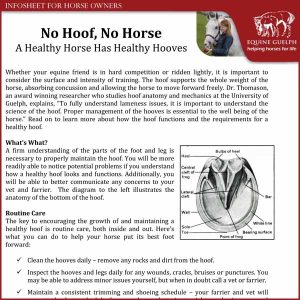
A healthy horse has healthy hooves, click here to read more. Article re-posted with kind permission by Equine Guelph: http://equineguelph.ca/index.php...
» View Article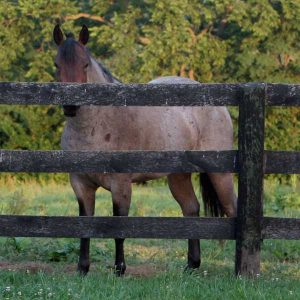
A better understanding of how the horse’s digestion system works has revealed that balancing forage intake with concentrate intake is...
» View Article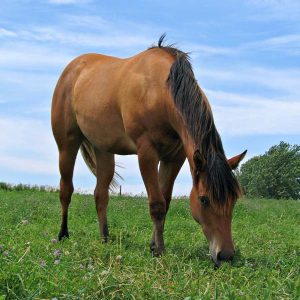
What is laminitis? Laminitis occurs when the tissues that connect the coffin bone to the hoof wall, called the laminae,...
» View Article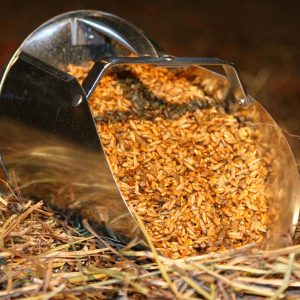
What is laminitis? Laminitis occurs when the tissues that connect the coffin bone to the hoof wall, called the laminae,...
» View Article
"*" indicates required fields